#smithsonian libraries and archives
Explore tagged Tumblr posts
Text
Shin-Bijutsukai magazine, vol. 1 (1901-1902)
Edited by Furuya Kōrin (1875–1910) and overseen by Kamisaka Sekka (1866–1942)
Source: The Public Doman Review, image from the Smithsonian Libraries via archive.org

#Shin-Bijutsukai#Furuya Korin#Kamisaka Sekka#books#magazine#art#design#pattern#20th century#1900s#The Public Doman Review#Smithsonian#Smithsonian Libraries and Archives#Japanese#art history
25 notes
·
View notes
Text

#msc#funny#god i love archives#no uou don't even get it you don't even get it its straight up abnormal#smithsonian#Internet archive#digital public library of america#wow i love when information is free for everyone#enriching society#that's so cool#wow i love public resources of education
5 notes
·
View notes
Text

Industry and Idleness. The Idle Prentice Turn'd Away and Sent to Sea.
Hogarth, William. 1800. The works of William Hogarth : in a series of one hundred and fifty steel engravings, by the first artists : with descriptions and a comment on their moral tendency : in two volumes to which are added anecdotes of the.. v. 1, London : E.T. Brain & Co. and at New-York.
0 notes
Text
Content Warning: The Smithsonian Magazine article contains minor details regarding the deceased individual's skin that may distress certain readers. I have tried to avoid anything I deemed unnecessary in the extracts I have chosen to replicate.
Note: I'll definitely need to revisit this when I have more time to investigate the details. I can't find an English translation of the book in question. I'm curious, though, as Harvard Library describes it as 'a meditation on the soul and life after death'.
anthropodermic bibliopegy - the practice of creating book bindings from human skin.
Note: The article briefly explains some background information on this practice. I have not copied any of that for this blog post, so if you are curious then be sure to click the link for the full write-up.
Author: Sarah Kuta Publication: Smithsonian Magazine Timestamp: April 16, 2024
Extract:
Des Destinées de L’Âme, or Destinies of the Soul [was] written by French author Arsène Houssaye in 1879. [A Harvard alum] John B. Stetson Jr. lent it to the university in 1934, and [...] his widow officially donated it in 1954.
[The book's] original owner was Ludovic Bouland, a French physician who received the book directly from the author. Bouland bound the book with human skin taken, without consent, from the body of a woman who died at a French psychiatric hospital where he worked, according to [Harvard University].
[...]
Harvard—and many other institutions, including the Smithsonian—have been reviewing their collections amid a growing outcry about their possession and treatment of human remains.
[...]
“The core problem with the volume’s creation was a doctor who didn’t see a whole person in front of him and carried out an odious act of removing a piece of skin from a deceased patient, almost certainly without consent, and used it in a book binding that has been handled by many for more than a century,” says [Tom] Hyry [Associate University Librarian for Archives and Special Collections].
/end of extract
Extract from Harvard Library's statement (bold in the second paragraph is from the original text):
The removal of the human skin from Des destinées de l’âme follows a review by Houghton Library of the book’s stewardship, prompted by the recommendations of the Report of the Harvard University Steering Committee on Human Remains in University Museum Collections issued in fall 2022.
[...]
[...] In 2014, following the scientific analysis that confirmed the book to be bound in human skin, the library published posts on the Houghton blog that utilized a sensationalistic, morbid, and humorous tone that fueled similar international media coverage.
Harvard Library acknowledges past failures in its stewardship of the book that further objectified and compromised the dignity of the human being whose remains were used for its binding. We apologize to those adversely affected by these actions.
/end of extract
Extracts from Harvard Library's 'Ask a Librarian' entry regarding Des destinées de l’âme:
A handwritten note by Bouland inserted into the volume states that “a book about the human soul deserved to have a human covering.”
[...]
A memo accompanying the book written by John Stetson, which has since been lost, [the] skin [belonged to] an unknown deceased woman patient from a French psychiatric hospital.
[...]
The human remains will be given a respectful disposition that seeks to restore dignity to the woman whose skin was used. The Library is now in the process of conducting additional biographical and provenance research into the anonymous female patient, the book, and Bouland, as well as consulting with proper authorities in France and at the University to help determine how best to carry this out. We expect this process to take months, and perhaps longer, to come to completion.
/end of extract

Harvard Library

Ludovic Bouland - Carlos Garcia Pozo, El Mundo

Arsène Houssaye - Getty Images

John B. Stetson Jr. - Wikidpedia
#anthropodermic bibliopegy#ethics#human skin#Harvard#Harvard Library#Houghton Library#Smithsonian#to investigate later#Report of the Harvard University Steering Committee on Human Remains in University Museum Collections#human remains#museum ethics#library ethics#stewardship practices#ethical standards#official statement#academic discourse#Arsène Houssaye#Des destinées de l'âme#desecration#human dignity#late 19th century#Des Destinées de L’Âme#Destinies of the Soul#historical malpractice#archives and special collections#medical history
0 notes
Text
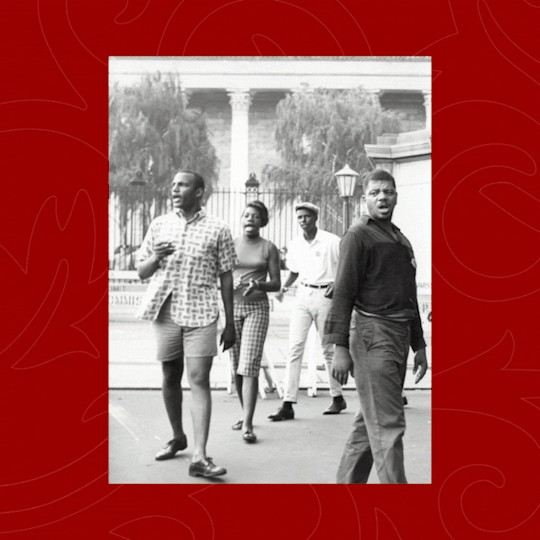
From all of us at JSTOR, happy Black History Month!
The profound impact of African American writers, artists, politicians, and academics, along with countless others, is indelibly etched into the fabric of American history–and we'll be highlighting them all month long.
Image credit:
Fink, Larry (1941-2023). Malcolm X, Rally for Birmingham, Harlem, NY, May, 1963. 1963, printed 2019. Archival pigment print, 22 x 17 in. (55.88 x 43.18 cm).
Levy, Mark. Mississippi Freedom Summer 1964. 1964. Queens College Special Collections and Archives.
Borg, Erik. Toni Morrison. August 26, 1977.
Lisa Kuzia. Angela Davis. 1980-1985. Black and white photography, 4 3/4 x 3 3/4 in. Special Collections and Archives, Colby College Libraries, Waterville, Maine.
Padow-Sederbaum, Phyllis. Junior NAACP Demonstration. 1963. Queens College Special Collections and Archives.
Allied Printing Trades Council. Placard from Memorial March Reading “HONOR KING: END RACISM!” 1968. National Museum of African American History and Culture; On View: NMAAHC (1400 Constitution Ave NW), National Mall Location, Concourse 1, C1 053; Collection of the Smithsonian National Museum of African American History and Culture.
Created by C. M. Battey, American. W.E.B. Du Bois/. 1918. Silver and photographic gelatin on photographic paper. National Museum of African American History and Culture; Collection of the Smithsonian National Museum of African American History and Culture.
Mosley, John W. Civil Rights Demonstrators at Girard College. Philadelphia PA: Temple University Libraries, 1965-07-17. Charles L. Blockson Afro-American Collection.
1K notes
·
View notes
Text
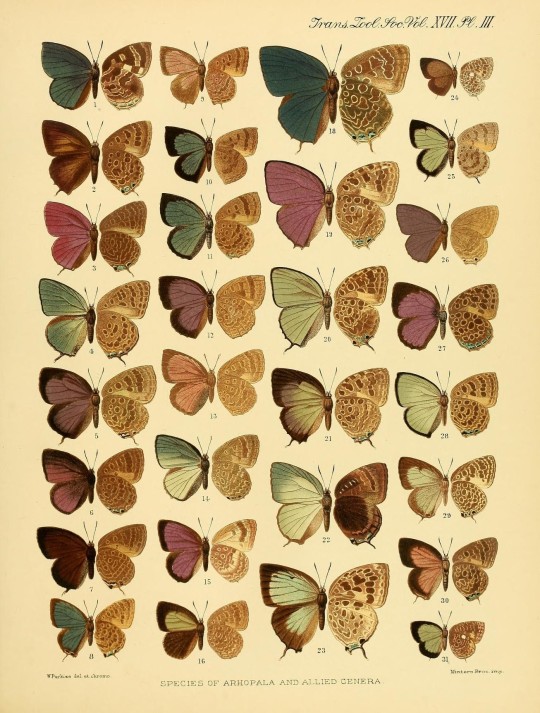
🦋 Butterflies 🦋
SciArt by William Purkiss for the Transactions of the Zoological Society of London, Vol. 17 (1903-6).
View more in the Biodiversity Heritage Library with thanks to the Smithsonian Libraries and Archives for digitizing.
166 notes
·
View notes
Note
Where do you find all of these pictures and catalogues?
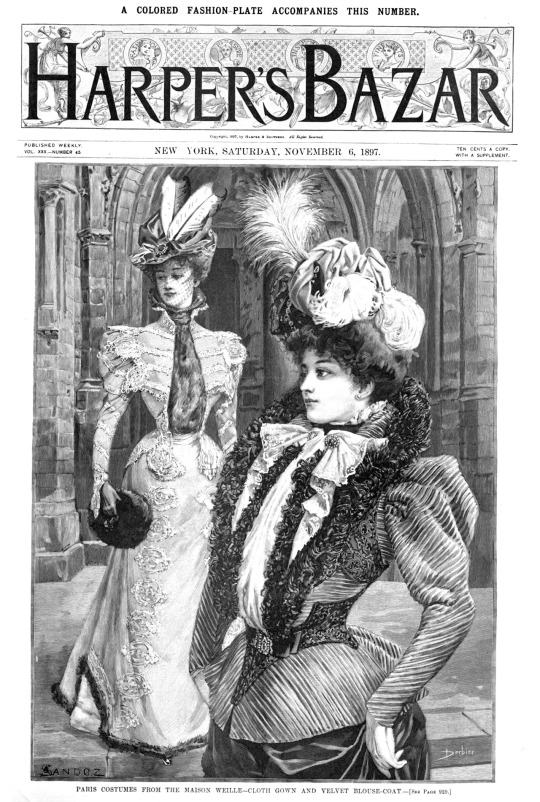
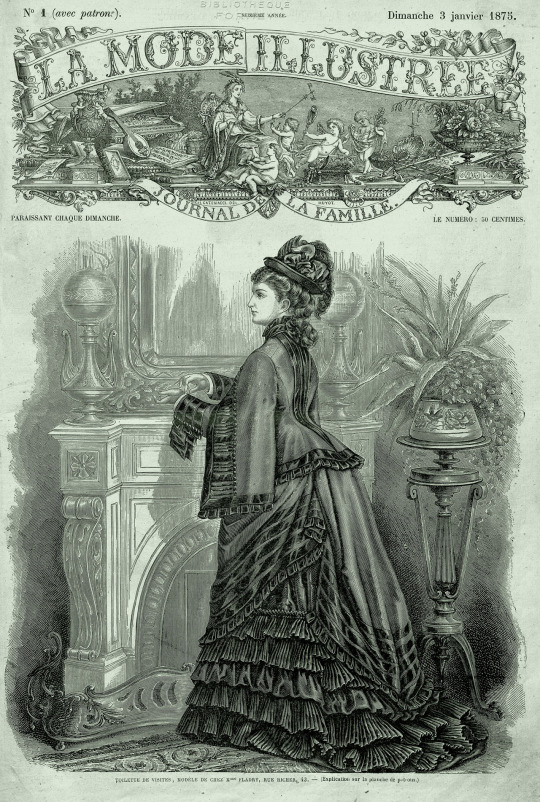
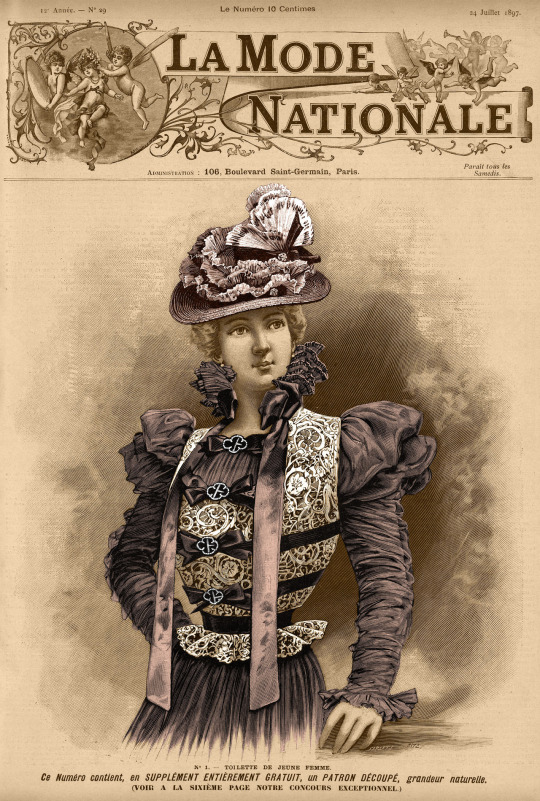
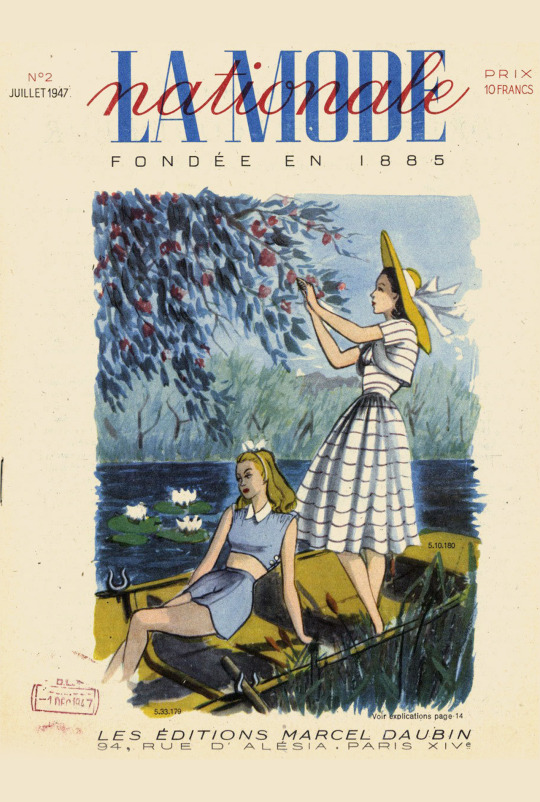
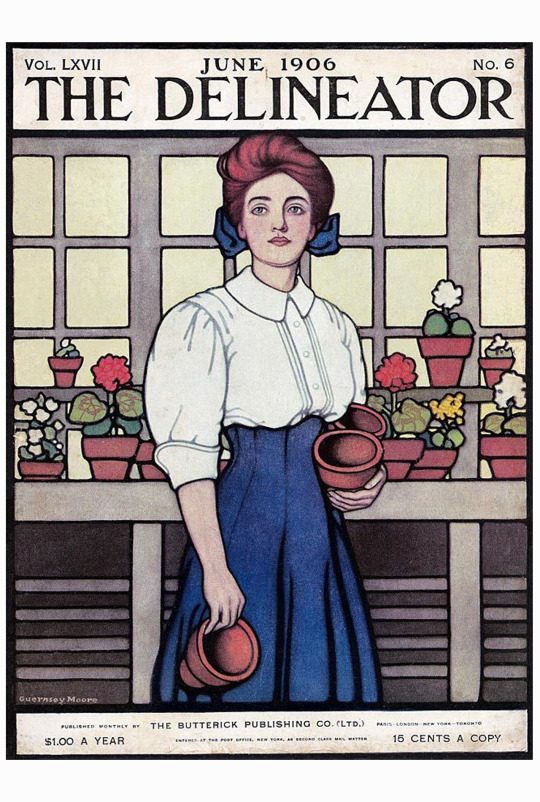
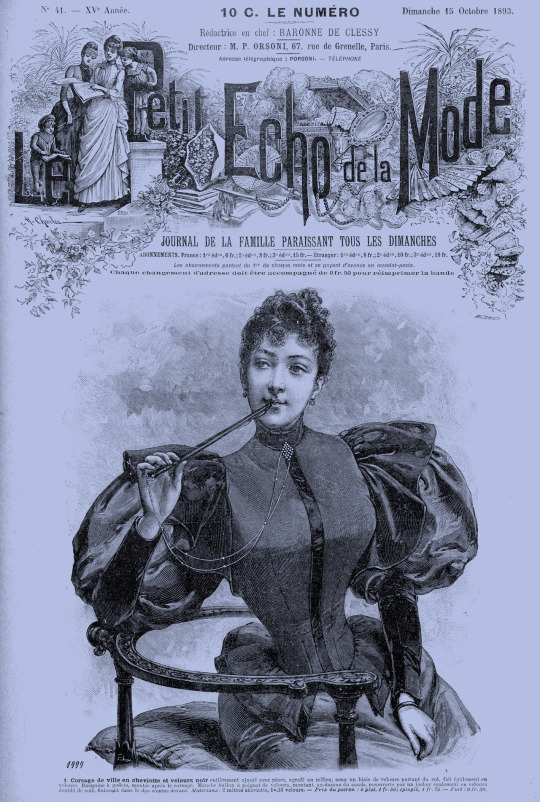

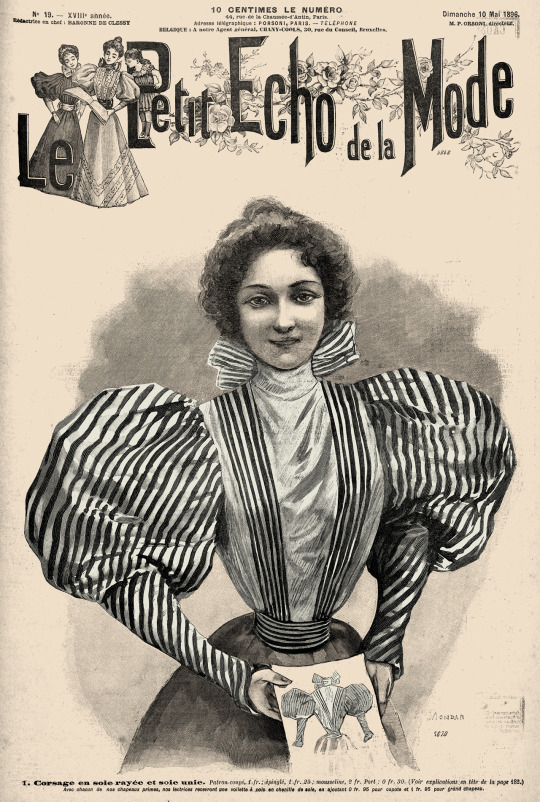
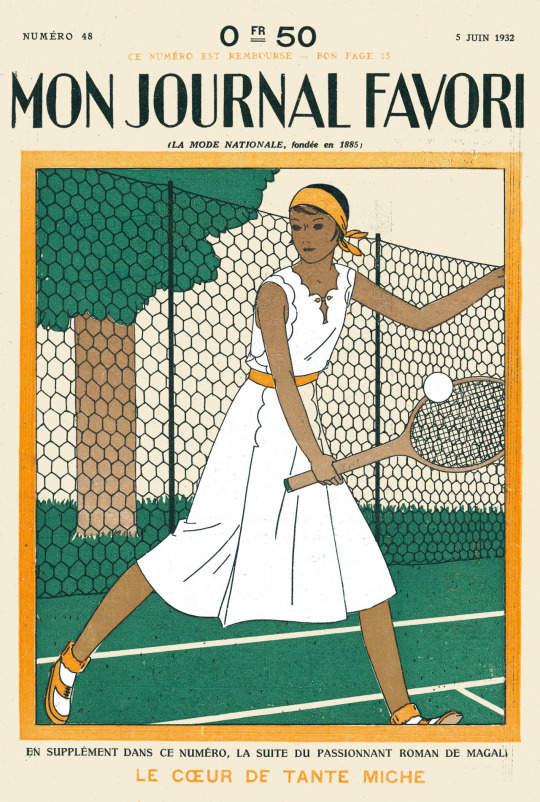
Libraries! and Museums! with robust online collections! One resource can lead to other resources because some of these links are systems of interconnected libraries. Most provide high-resolution downloads and transcribed text. I include links to all of my sources in their respective posts.
Bibliothèque Nationale de France et al (Gallica)
Ville de Paris / Bibliothèque Forney et al
Rijksmuseum, Netherlands
Los Angeles Public Library
Les Musées de la Ville de Paris
Cooper Hewitt, Smithsonian Design Museum
Digital Public Library of America
Internet Archive
The Met Costume Institute Fashion Plates
62 notes
·
View notes
Photo
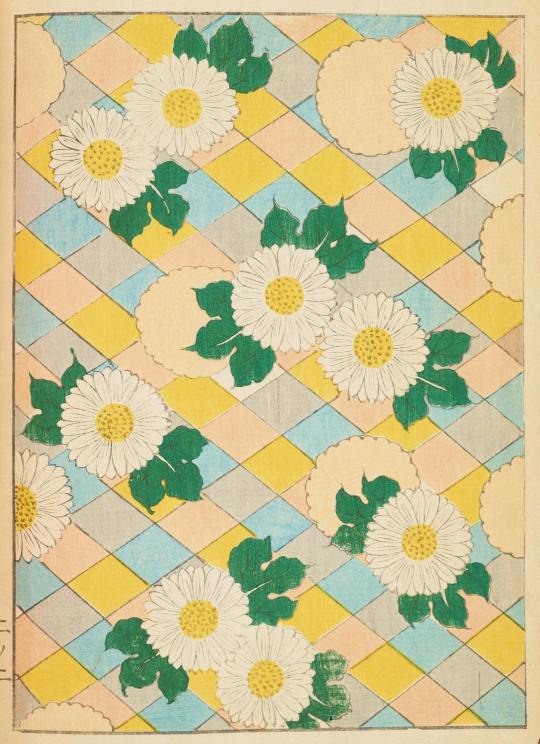
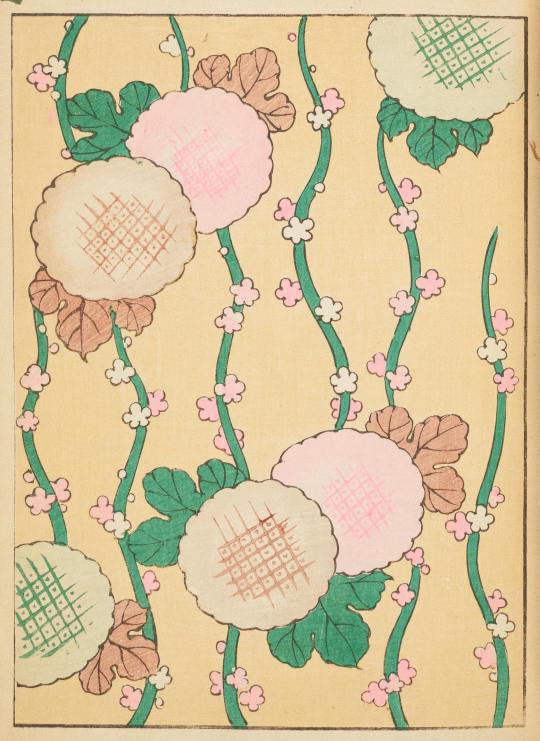

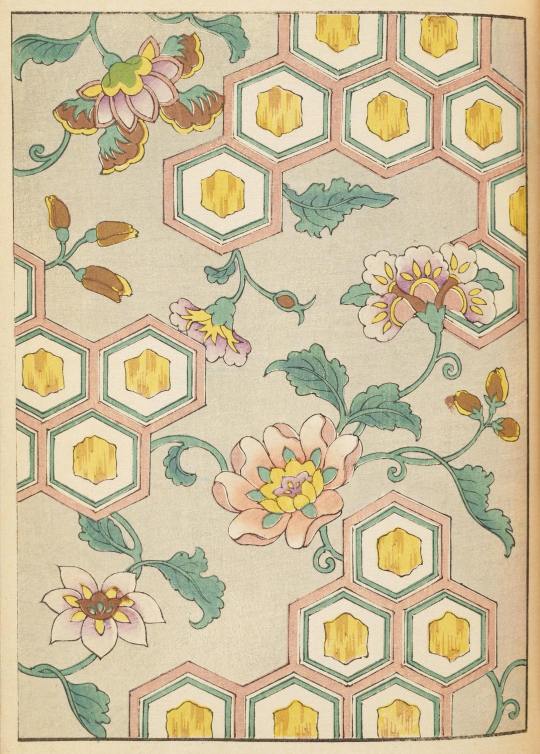
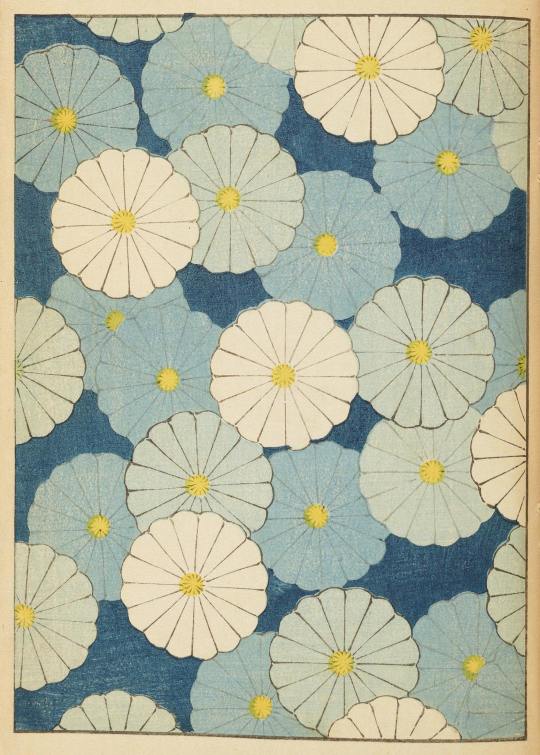

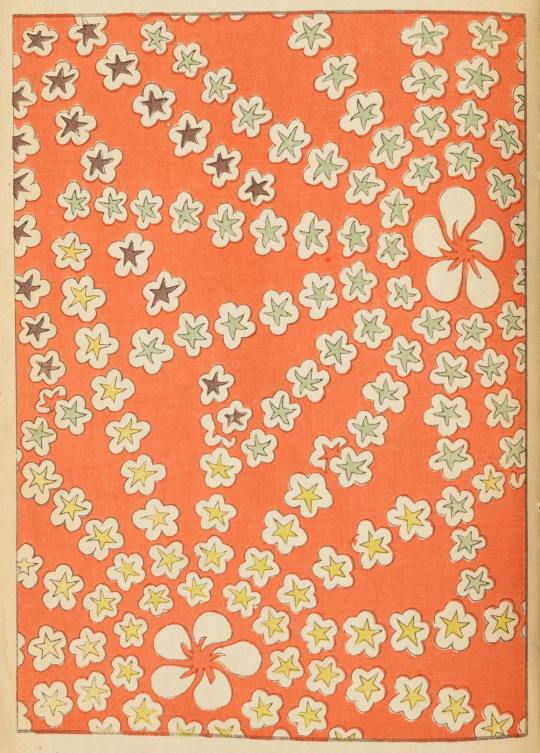
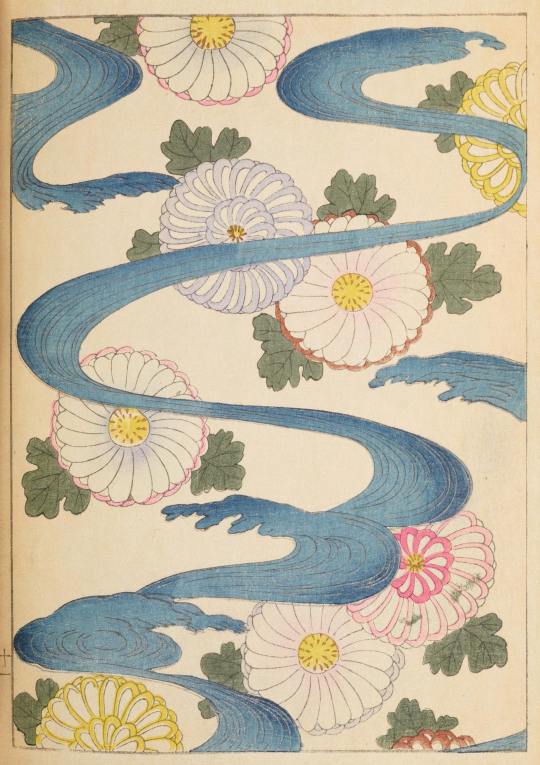


Designs taken from ‘Shin-Bijutsukai’(1902). Published by Unsōdō and overseen by Kamisaka Sekka (1866–1942).
The Public Domain Review.
Internet Archive / Smithsonian Libraries
342 notes
·
View notes
Photo

ab. 1925 Bracelets and ring by Gérard Sandoz on live model (photo by Therese Bonney)
(Smithsonian Libraries and Archives)
214 notes
·
View notes
Text
"Welcome to Smithsonian Open Access, where you can download, share, and reuse millions of the Smithsonian’s images—right now, without asking. With new platforms and tools, you have easier access to more than 4.5 million 2D and 3D digital items from our collections—with many more to come. This includes images and data from across the Smithsonian’s 21 museums, nine research centers, libraries, archives, and the National Zoo.
What will you create?"
124 notes
·
View notes
Text
Open Source Image Resources
Aka Down with AI for Fanworks
After someone in a server I was formerly in brought up a point about how many of those against AI for fanworks often use it for fic covers (which I doubt to some extent…) I thought I’d put together this resource for anyone who wants images to play with through Open Source or Creative Commons non-AI means. Feel free and please do add to this list. These are the ones that came to me off the top of my head and with the help of a few friends.
Archive.org
You can use an Advanced Search function to find Out of Copyright and Creative Commons licensed images using the date fields like so:


National Gallery of Art
Getty Museum
Cleveland Museum of Art
The Metropolitan Museum of Art
The Smithsonian
Creative Commons Images:
Pexels.com
Pexels used to be a go-to source for stock photos licensed via Creative Commons but it is absolutely overrun with AI images at this point. If you find something with some digging, however, you can check the posting date and correlate whether it might be a more recent AI image or not.


Please do add to this list if you like because I know I’m missing things. One good tactic if you want to find Open Source images is to just do a search engine query for “open source” along with the name of the institution you’re interested in.
#anti ai#ai bullshit#fandom#open source#open content#open source images#creative commons#internet archive#art#fanwork#fic cover
14 notes
·
View notes
Text
The United States government is doubling down on its commitment to safeguarding Ukrainian culture amid the Eastern European country’s ongoing war with Russia.
On September 19, U.S. officials announced a new $1 million grant to the International Center for the Study of the Preservation and Restoration of Cultural Property (ICCROM), which will use the funds to “support the next phase of a multiyear project to help Ukraine improve risk reduction and emergency management of its cultural heritage,” according to a statement. The grant is part of the U.S.’s $10.5 million commitment to Ukraine under the Ukraine Cultural Heritage Response Initiative, which was established in 2023 by the U.S. Department of State.
“Ukraine is fighting the Russian invasion on all fronts,” says Maksym Kovalenko, the Ukrainian consul general in Naples, Italy, in the statement. “The cultural front is no exception. The support of the international community provides us with an ability to respond to the challenges of war and, despite everything, to develop a long-term strategy for the preservation and restoration of our cultural heritage.”
Since Russia invaded Ukraine in February 2022, UNESCO has verified damage to 438 Ukrainian cultural sites, including religious sites, buildings of historical or artistic interest, museums, monuments, libraries, and an archive. The agency previously said it was “gravely concerned” over threats to Ukrainian heritage.
Russian troops have removed “entire truckloads of artworks and historical artifacts” from Ukrainian museums, supposedly for “safekeeping,” reports Vitaly Shevchenko for BBC News. In some museums in Russian-occupied Ukraine, Russian troops have removed exhibitions and replaced them with propaganda glorifying the war.
In a 2023 essay for Smithsonian magazine, Smithsonian Distinguished Scholar and Ambassador-at-Large Richard Kurin wrote, “These attacks are not just random, nor do they represent collateral damage. Rather, they suggest a targeted attack on Ukrainian history, culture and identity, a means toward [Russian President Vladimir] Putin’s ends—the destruction is a deliberate attempt to obliterate Ukrainian history and culture.”
Hundreds of professionals associated with Ukrainian and international organizations—among them the Smithsonian Cultural Rescue Initiative—have been fighting the threat to Ukrainian heritage for the past two years. In some cases, cultural heritage workers have been able to smuggle important works of art out of Ukraine and display them elsewhere. Last year, for example, five precious artworks rescued from Kyiv’s Khanenko Museum went on view at the Louvre in Paris.
The $1 million grant—the second-largest awarded under the Ukraine Cultural Heritage Response Initiative to date—arrives on the heels of newly imposed emergency import restrictions aimed at fighting the illegal removal and sale of Ukrainian cultural artifacts. Those restrictions, which limit the types of Ukrainian cultural property that can enter the U.S., will be in place until 2029.
In addition to offering funds for cultural rescue initiatives, the U.S. announced more than $8 billion in military assistance to Ukraine on September 26, the day that Ukrainian President Volodymyr Zelenskyy visited the White House. In total, Congress has appropriated $175 billion in aid to Ukraine, per the Council on Foreign Relations.
“Ukrainians are fighting for the human rights and freedoms we all cherish,” says Lee Satterfield, the U.S.’s acting under secretary for public diplomacy and public affairs, in the statement. “And they are also fighting, in a very real sense, for their identity as a distinct and unique culture, which Vladimir Putin has denied—a denial he has used to falsely justify his brutal, full-scale invasion. [The $1 million] funding will support the heroic efforts of Ukrainians to protect and preserve their cultural heritage.”
#current events#politics#ukrainian politics#russian politics#art#art history#museums#russo-ukrainian war#2022 russian invasion of ukraine#ukraine#russia#usa#smithsonian institution#khanenko museum#louvre#vitaly shevchenko#richard kurin#volodomyr zelenskyy#lee satterfield#vladimir putin#iccrom#unesco
8 notes
·
View notes
Text

Part 2! (Part 1 is here.)
On this day, the 11th June, King George VI and Queen Elizabeth joined Eleanor and Franklin D. Roosevelt at their cottage in Hyde Park for what was described to the press as a ‘casual’ picnic-style dinner with informal and relaxed entertainment.
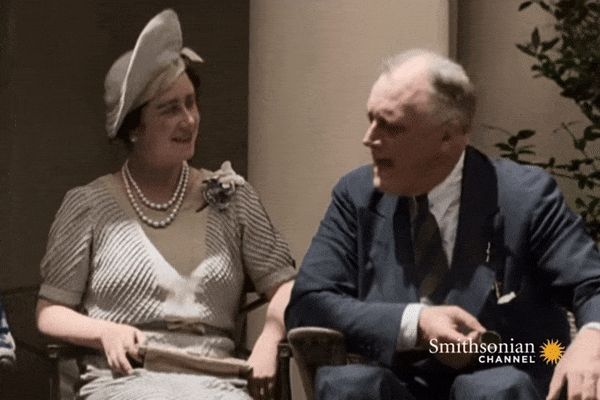
On the menu was Virginia ham, salad, turkey, strawberry shortcake (one of Bertie’s favourites, apparently!) and a lorry of watermelons. Oh, and the all-American hot dogs grilled over an open fire - which were only included at the last minute because the King said he was “looking forward to tasting them.”
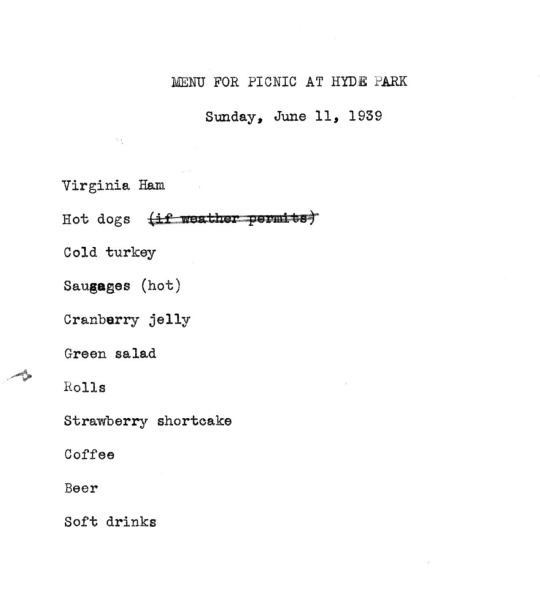
Everyone ate from paper plates. Elizabeth opted to use a knife and fork for her hotdog, whereas Bertie went all in and used his hands! (I love that he was such a willing participant😂) He even went back for seconds, tried some Boston baked beans, and enjoyed several beers too. Bertie was less amused when he got mustard on his tie - oh those Windsor boys and their sartorial hang-ups!

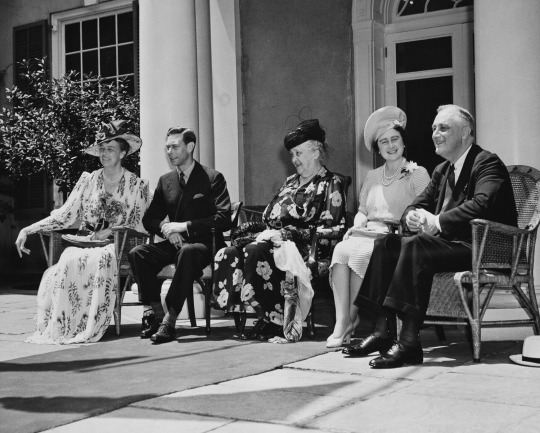
There was also Native American music, dancing and folktales. All in all it was a hugely successful evening, with the humble hot dog meal having since gone down in history as being both an amusing but rather brilliant culinary idea as part of the Roosevelts campaign to win over the American people to the charms of the British monarch, and in turn build mutual support; a special relationship between both countries ❤️

P.S. I’m a little bit obsessed by what foods Bertie liked and ate, so expect more food-related posts in the future.
gifs made by @for-valour
Sources: FDR Library, US National Archives, Smithsonian Channel.
#I’ll eat Bertie’s hotdog lmao#sorry I couldn’t resist#if you saw that hashtag drop me a reblog haha#king george vi#george vi#god save the king#the british royal family#the monarchy#the british monarchy#the royal family#long live the king#the british empire#british monarchy#british royal family#queen elizabeth the queen mother#queen mother#franklin delano roosevelt#franklin d roosevelt#eleanor roosevelt#hyde park on hudson#hot dogs#american history#british history#royal history#british royal history#british royalty#british royal fandom#on this day in history#elizabeth bowes lyon
89 notes
·
View notes
Text
Mary Agnes Chase

Mary Agnes Chase was born in 1869 in Iroquois County, Illinois. Chase was a botanist who specialized in the study of grasses, becoming one of the leading experts in this area despite the fact that her formal education ended after grammar school. She found work as a botanical illustrator at the US Department of Agriculture, and published her first paper in 1906. Chase conducted extensive field research across the Americas, often funding this research herself. She collaborated with leading botanist and grass expert Albert Spear Hitchcock, and played a key role in the 1935 publication of The Manual of Grasses. Even after her retirement in 1939, she continued to work as a research scientist.
Mary Agnes Chase died in 1963 at the age of 94.
Image: Smithsonian Libraries and Archives
9 notes
·
View notes
Text

Wombat
Vombatus ursinus. Wombats are marsupials native to Australia.
SciArt by John Gould and Henry Constantine Richter for Gould's Mammals of Australia, Vol. 1 (1863).
View more in the Biodiversity Heritage Library with thanks to the Smithsonian Libraries and Archives for digitizing. BHL also has a Flickr album with more beautiful illustrations from this volume.
#histsciart#sciart#naturalhistory#biodiversity heritage library#smithsonian libraries#marsupials#wombat#australia
90 notes
·
View notes
Text

A fascinating article about beer on board
38 notes
·
View notes